When I was recently in Chicago, we visited the Frank Lloyd Wright home and studio in Oak Park, Illinois. I have long been a fan of Frank Lloyd Wright, his design, and architecture; I am fascinated with what influenced him and his designs.
Frank Lloyd Wright considered himself a self-proclaimed genius who was not influenced by anyone or anything. The truth is there are things that influenced him and his work, including landscape and nature, music, his children’s Froebel block system, Japanese art, especially Japanese woodblock prints, and the architectural work and designs of Louis Sullivan.
Table of Contents
- Frank Lloyd Wright And Architectural Influences
- Landscape And Nature And Its Influence On Frank Lloyd Wright
- Music And Its Influence On Frank Lloyd Wright
- The Geometry Of Froebel Blocks And Its Influence On Frank Lloyd Wright
- Japanese Art And Woodblock Prints And Its Influence On Frank Lloyd Wright
- Louis Sullivan’s Influence On Frank Lloyd Wright
- Related Content
Frank Lloyd Wright And Architectural Influences
Frank Lloyd Wright was a self-proclaimed genius who was adamant that he was not influenced by anyone or anything. But the truth is that as we all live and experience the world around us, we are influenced by the world and what we see.
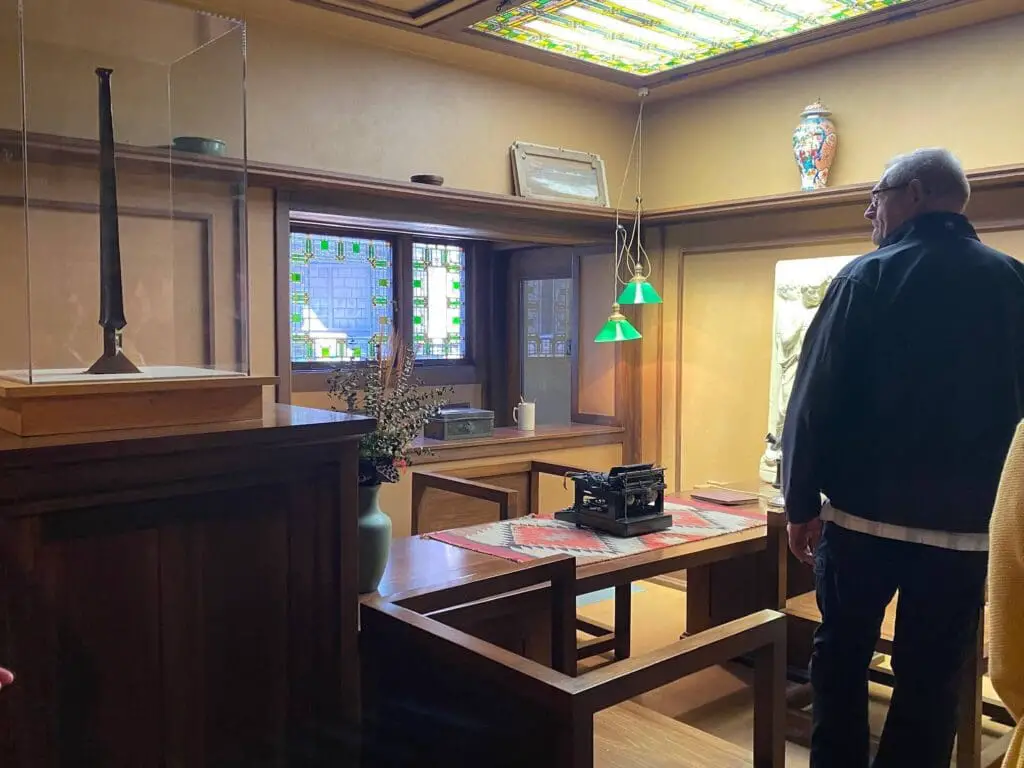
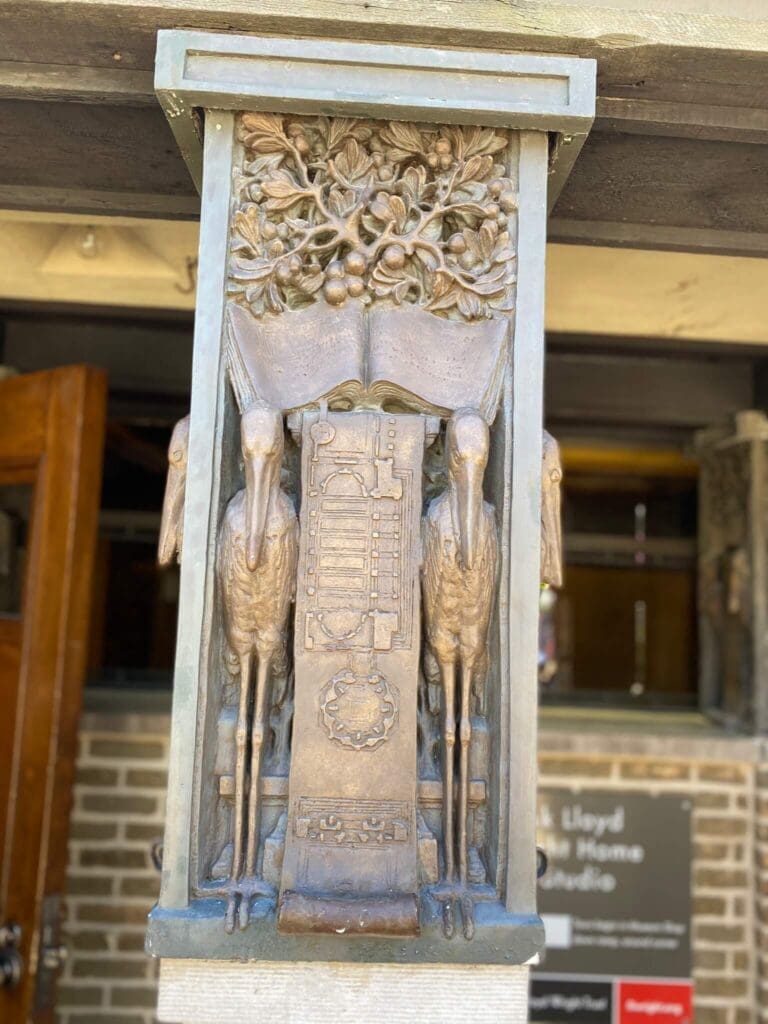
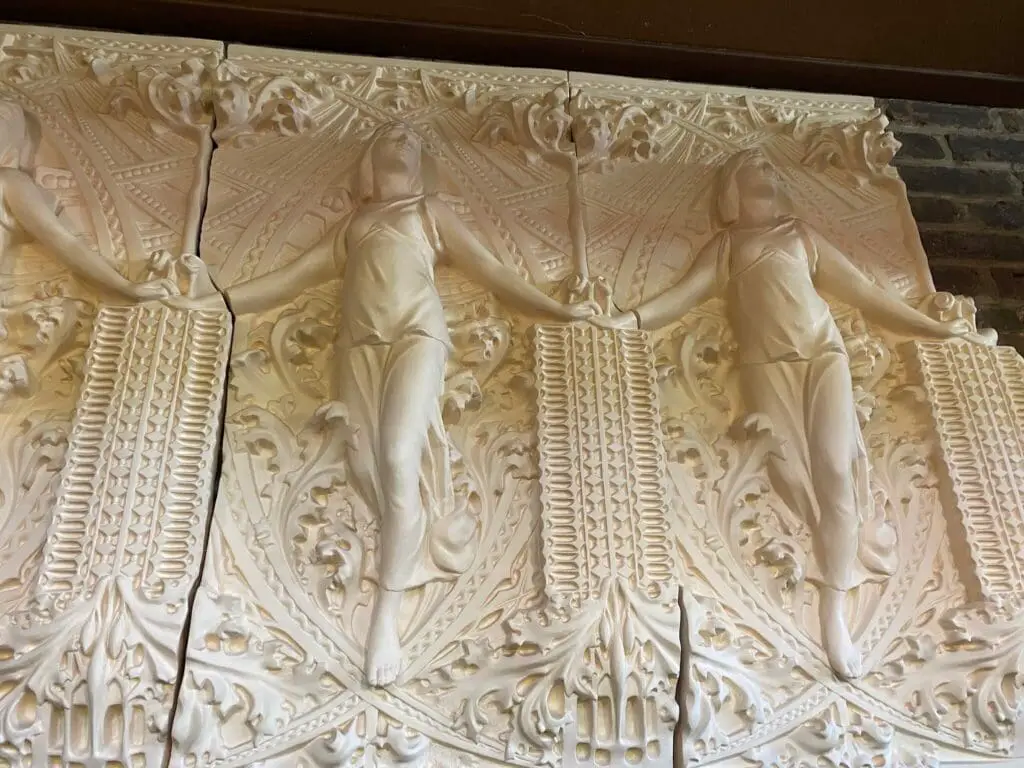
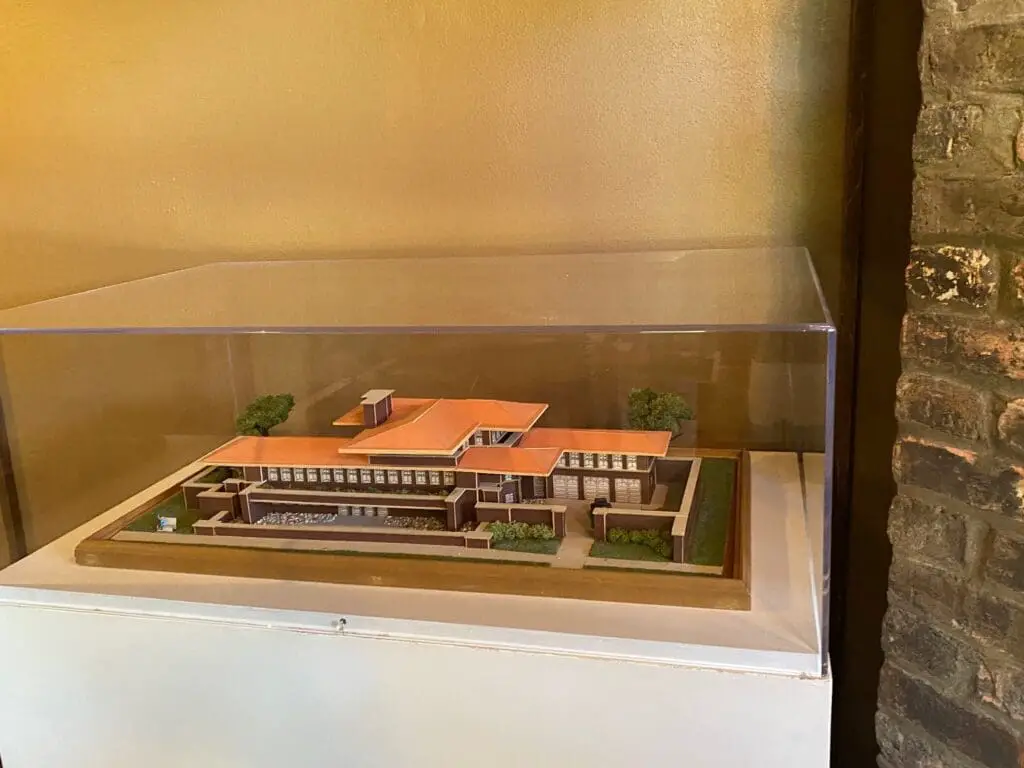
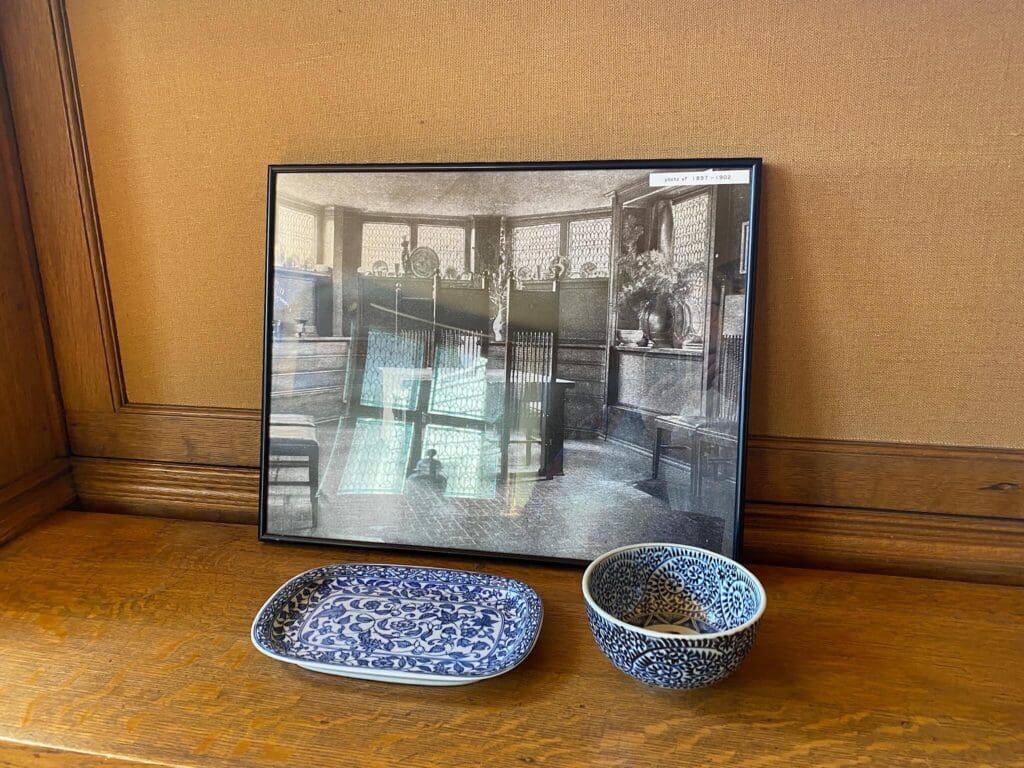
Some Pictures Inside The Frank Lloyd Wright House
There are five significant influences that are known to influence Frank Lloyd Wright and his work which include:
Landscape And Nature And Its Influence On Frank Lloyd Wright
We can not talk about nature without discussing landscape and how it influenced Frank Lloyd Wright. Frank Lloyd Wright was known to bring living things into his home as a tree. In his own home and studio, you can see the influence of landscape and nature in his work.

Here are some of the reasons why nature was important to Frank Lloyd Wright:
- Use of Nature – In his home in Oak Park, there is a tree that is still standing in the home. The tree shows a oneness with nature and all things natural.
- Use of Natural Motifs – It is common to find natural motifs used in Frank Lloyd Wright homes as part of the windows, grill work, or other elements.
- Use of Woods – The Frank Lloyd Wright homes are rich in various woods. Wood and woodworking are the major features.
- Trees in the Gardens – As part of his love for nature, so was the surrounding of his home, everything from the trees he had in the garden area to how the home and surroundings looked inside and out.
All of these show that Frank Lloyd was influenced by nature, and the landscape and surrounding areas of his home were also important. Frank Lloyd Wright could draw inspiration from his observations of the natural world that continue to inspire designers and architects even today
Frank Lloyd Wright said this about nature:
“Nature is my manifestation of God.
Frank Lloyd Wright
I go to nature every day for inspiration in the day’s work.”

Listen To Our Podcast About Why Are Frank Lloyd Wrights Ceilings So Low? below or by clicking here.
Music And Its Influence On Frank Lloyd Wright
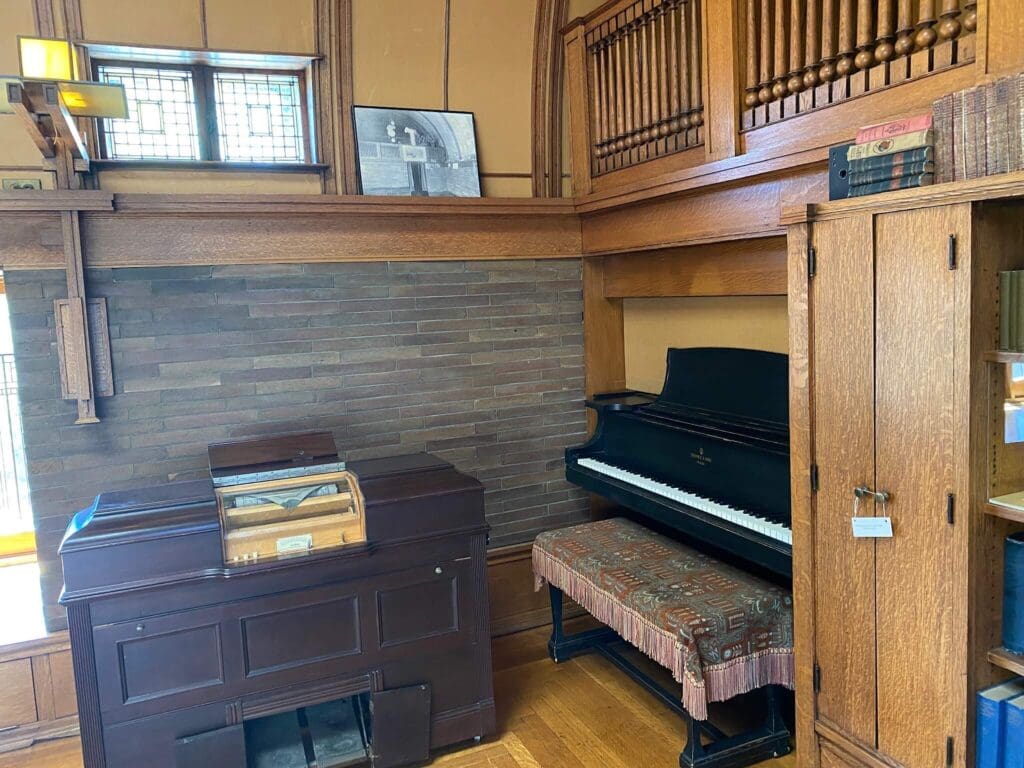
His home had a “children’s room,” where his children would put on plays and musicals. The corner of this room has neatly tucked away a baby grand piano.
Frank Lloyd Wright was said to have loved the composer’s Bach and Beethoven. But in his later years, he also started to appreciate other composers such as Palestrina, Vivaldi, Mozart, and Brahms.

Wright made a lot of analogies between music and architecture, one he said the following:
“True architectural form has innate significance of character, expressed and enhanced by the creative architect’s organic use of ornament. As melody is in his music, ornament is in architecture [the] revelation of the poetic-principle.”
Frank Lloyd Wright
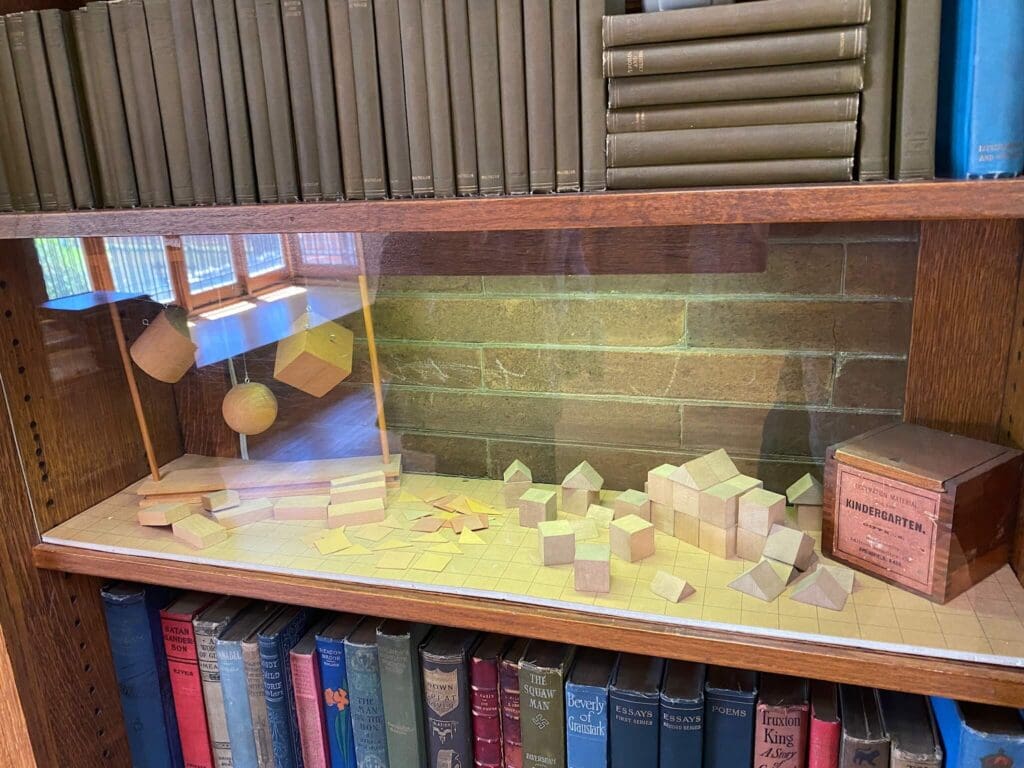
The Geometry Of Froebel Blocks And Its Influence On Frank Lloyd Wright
It is well known that Frank Lloyd Wright was influenced by his children’s wooden blocks that were known as Froebel blocks.
Frederich Froebel established the first system for educating young children in what he considered a focused education experience through his children’s block system. Before this time, toys were just for amusement, and education was left up to learning from books.
Froebel combined these two in his innovative building block system to educate and entertain children at the same time. The blocks were designed by Frederich Froebel in the 1830s so that children could learn the elements of geometric form, math, and creative design.
In speaking of these Froebel maple wood blocks, Frank Lloyd Wright said:
“The maple wood blocks ….are in my fingers to this day.”
Frank Lloyd Wright
Japanese Art And Woodblock Prints And Its Influence On Frank Lloyd Wright
When I walked into the Frank Lloyd Wright home in Oak Park, Illinois, one of the first things I immediately recognized was a Japanese woodblock print from the Ukiyo-e period. Frank Lloyd Wright was a collector of Japanese art, including woodblock prints.
In fact, during his lifetime Frank Lloyd Wright became a significant collector and active dealer of Japanese woodblock prints. He was known to have sold hundreds of these Japanese woodblock prints to the Metropolitan Museum of Art in New York City.
One of these things that influenced him was how these Japanese masters used their observations of nature and culture to create objects of great beauty and form. He was also inspired by the simplicity and directness of these Japanese woodblock prints.
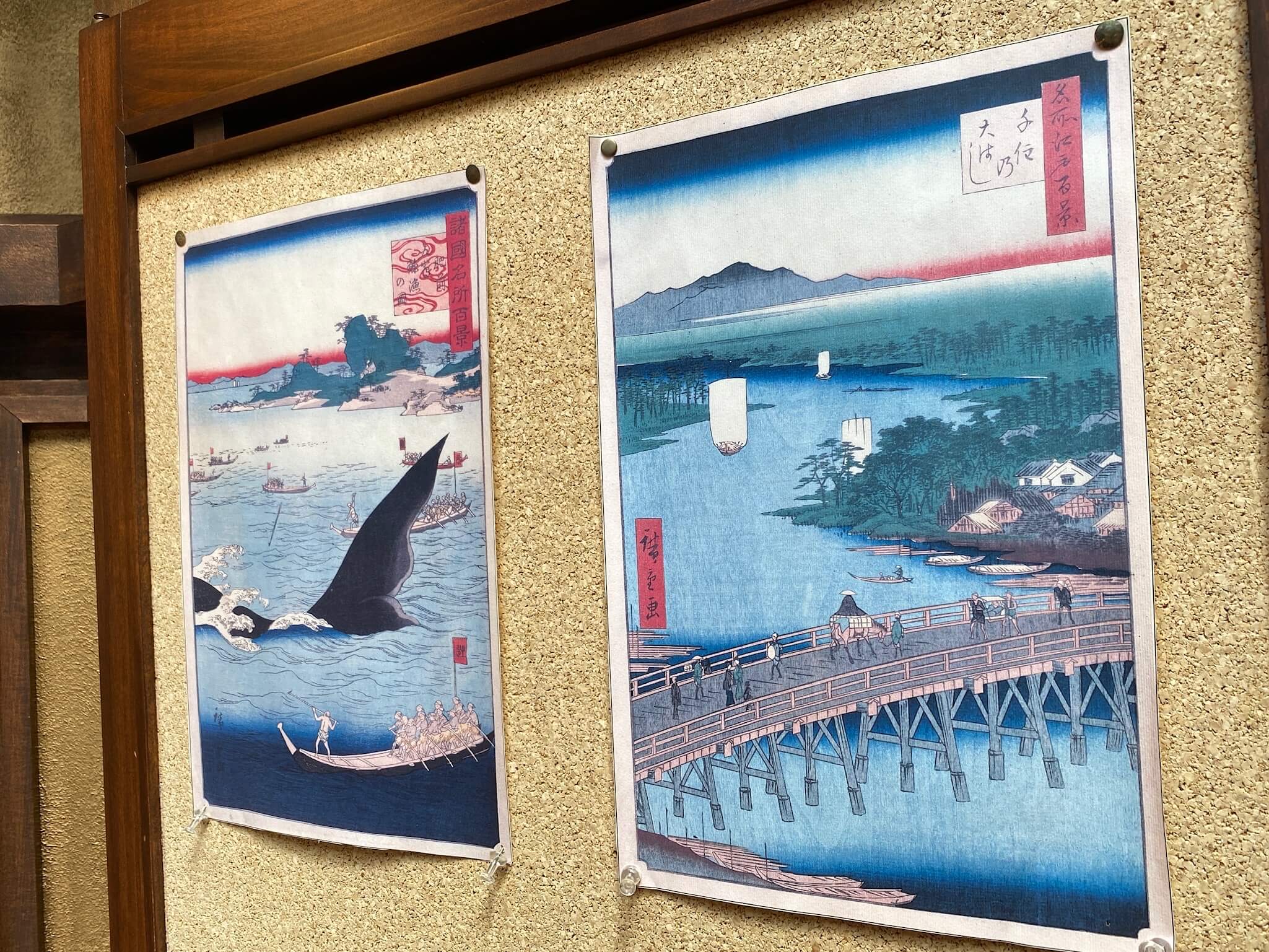


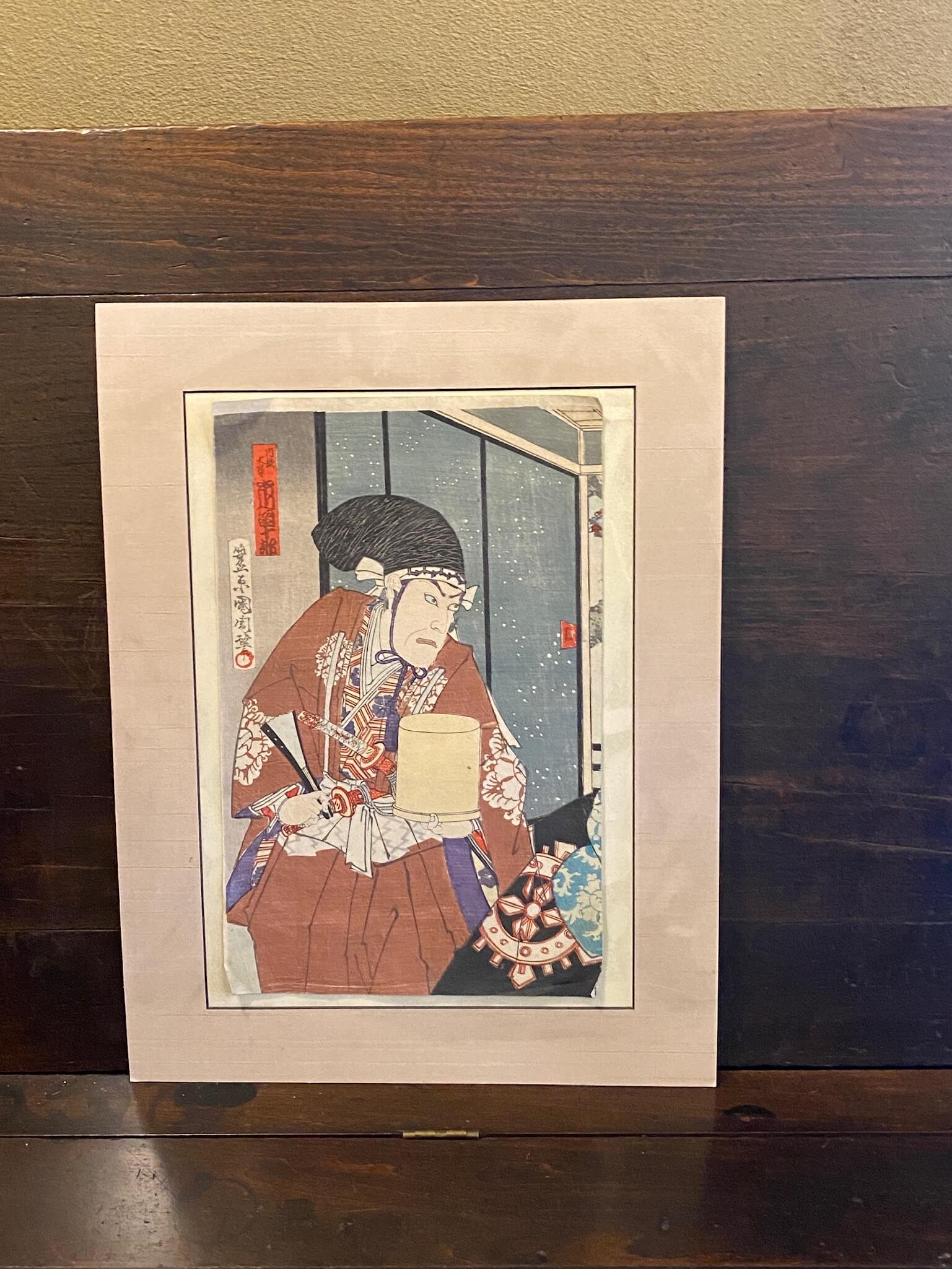
Frank Lloyd Wright was so taken by this Japanese art form that he wrote a paper in 1912 entitled, The Japanese Print: An Interpretation. In this paper, he describes why the Japanese woodblock prints were so important to him.
Here is one of his thoughts from this writing about flowers and how these Japanese artists used flowers as a design element:
“A flower is beautiful, we say—but why? Because in its geometry and in its sensuous qualities it is an embodiment and significant expression of that precious something in ourselves which we instinctively know to be Life, “An eye looking out upon us from the great inner sea of beauty,” a proof of the eternal harmony in the nature of a universe which is too vast and intimate and real for the mere intellect to seize. We intuitively grasp something of it when we affirm that “the flower is beautiful.” And when we say, “It is beautiful,” mean that the quality in us which is our very life recognizes itself there or at least what is its very own: So there vibrates in us a sympathetic chord struck mystically by the flower.”
Frank Lloyd Wright – The Japanese print: An Interpretation (1912) Pg 4
Louis Sullivan’s Influence On Frank Lloyd Wright
Louis Sullivan was an architect and partner in the prominent Chicago Architect firm Adler & Sullivan; from 1888 to 1893, Frank Lloyd Wright was employed as a draftsman for Adler & Sullivan.
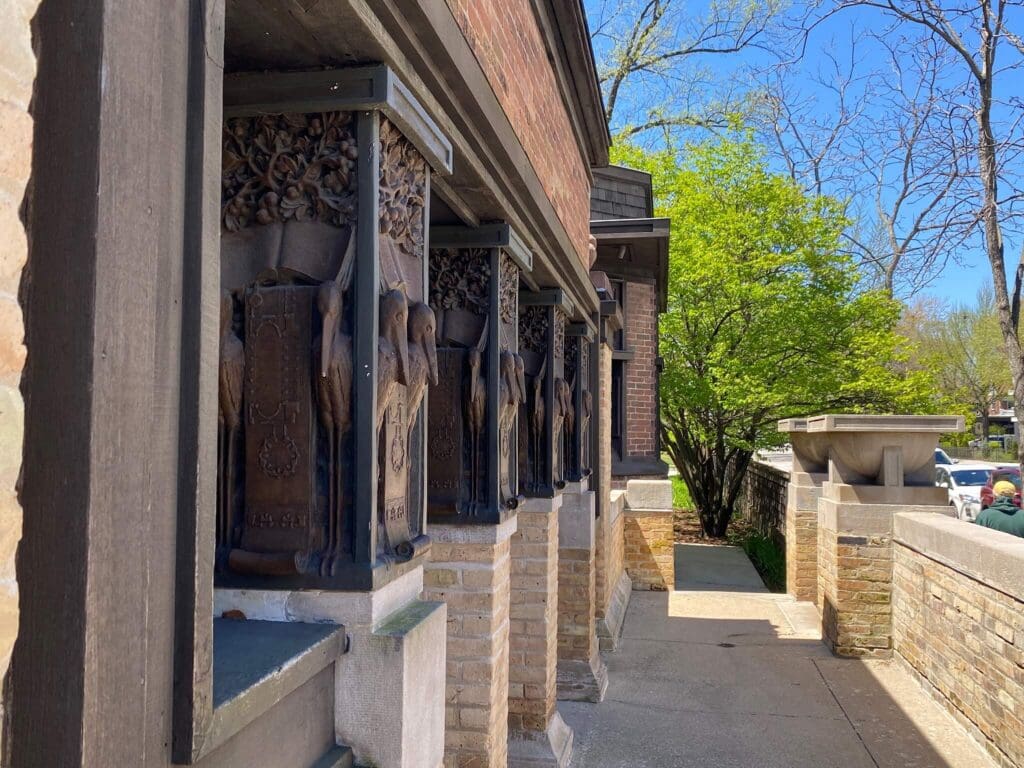
Around this time, the architect Louis Sullivan began experimenting with simplifying surfaces. This new way of thinking about architecture had a lasting impression on the then 20 years old Frank Lloyd Wright.
Frank Lloyd Wright worked with Louis Sullivan on many different projects until 1893 when he was fired from the firm. But we can see that many of the design elements that Frank Lloyd Wright would credit to his creation show some direct influence on techniques and styles that Louis Sullivan was already experimenting with.
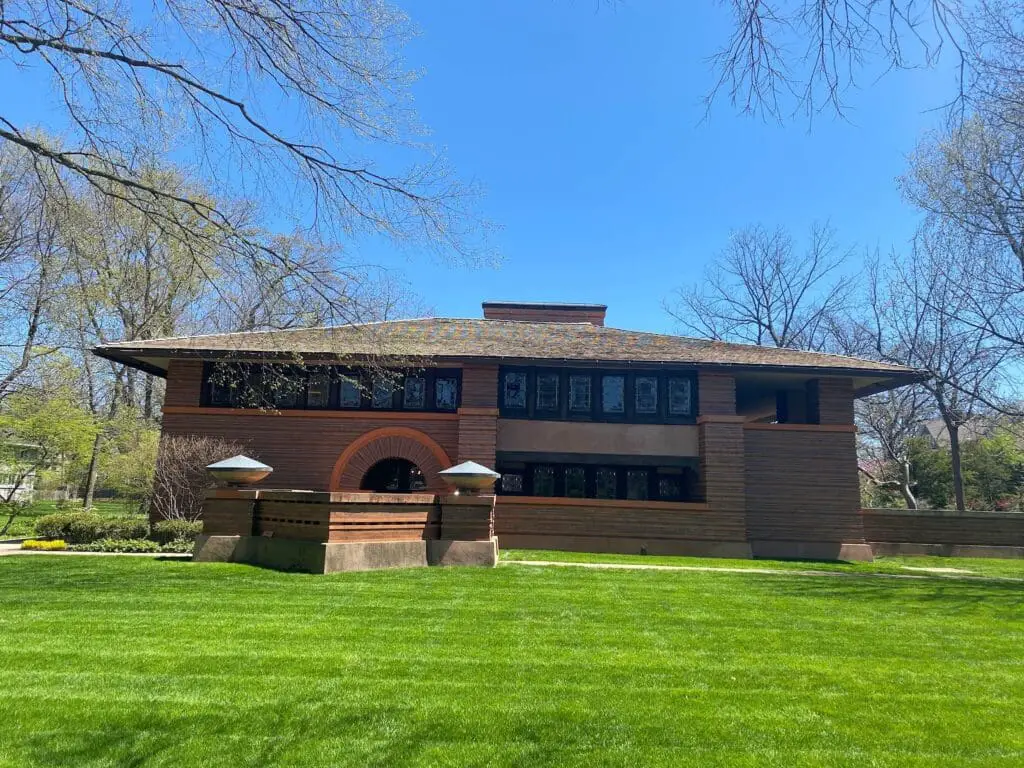
In speaking at his time training under Louis Sullivan, Frank Lloyd Wright said this:
“[I] had been yearning for simplicity. A new sense of simplicity as ‘organic.’ This had barely begun to take shape in my mind when the Winslow house was planned. But now it began in practice.”
Frank Lloyd Wright
In other words, he said that the elements that Frank Lloyd Wright found to create his Prairie-style home were there from the start when he started working with Adler & Sullivan. Louis Sullivan was an architect who was always striving for simplicity and what he felt was a ”real” American form of architecture. Frank Lloyd Wright could build upon what he learned from Sullivan and do just that.
Even though Frank Lloyd Wright never fully admitted what influenced him, we can learn from him that all great design is somehow influenced by another. A creative designer, even Frank Lloyd Wright, did not work alone but also found influences in the world around him.
Find out more about how Mondoro can help you create, develop, and manufacture excellent home decor and home furniture products – don’t hesitate to contact me, Anita. Check out my email by clicking here or become a part of our community and join our newsletter by clicking here.
Mondoro gives out a FREE Lookbook to anyone interested. You can receive a copy of our latest Lookbook by clicking here.
Listen to our Podcast called Global Trade Gal. You can find it on all major podcast platforms. Try out to listen to one of our podcasts by clicking here.
Subscribe to our Mondoro Company Limited YouTube Channel filled with great videos and information by clicking here.
Related Content
51 Inspiring Home Decor, Design and Words of Wisdom, Our Curated Quotes
The world is full of inspiration. Creativity is all around us – in our homes, our communities, and even in the books, we read. Inspiration can come in many shapes and many sizes.
Today we have for you some of our great pearls of wisdom in the form of some inspiring quotes for home decor, design, and just some bit of everyday living and wisdom.
You can discover more by reading 51 Inspiring Home Decor, Design and Words of Wisdom, Our Curated Quotes by clicking here.
What Are Some Things They Do Not Teach You In Business School?
There are so many things I have learned in running my own business, that I was never taught in any business school or with any business course. Things like how you are always to blame when something goes wrong because you are the boss, or how you need to be able to change with the times or how any failure you are ultimately responsible for. Many think being your own boss is easy but the truth is that it can be really tough and difficult to be an entrepreneur.
To discover more about this you can read our blog What They Do Not Teach in Business School About Being Your Own Boss by clicking here.
What Are Some Traits Of A Successful Product Designer?
A trait of a successful Product Designer is that they understand who they are designing for and why they are designing it. They are also humble and gracious to listen to another person’s ideas, while at the same time understanding clearly what they want for their designs and why.
You can read more about being a successful product designer by reading our blog Traits of a Successful Product Designer, What You Need to Know by clicking here.

